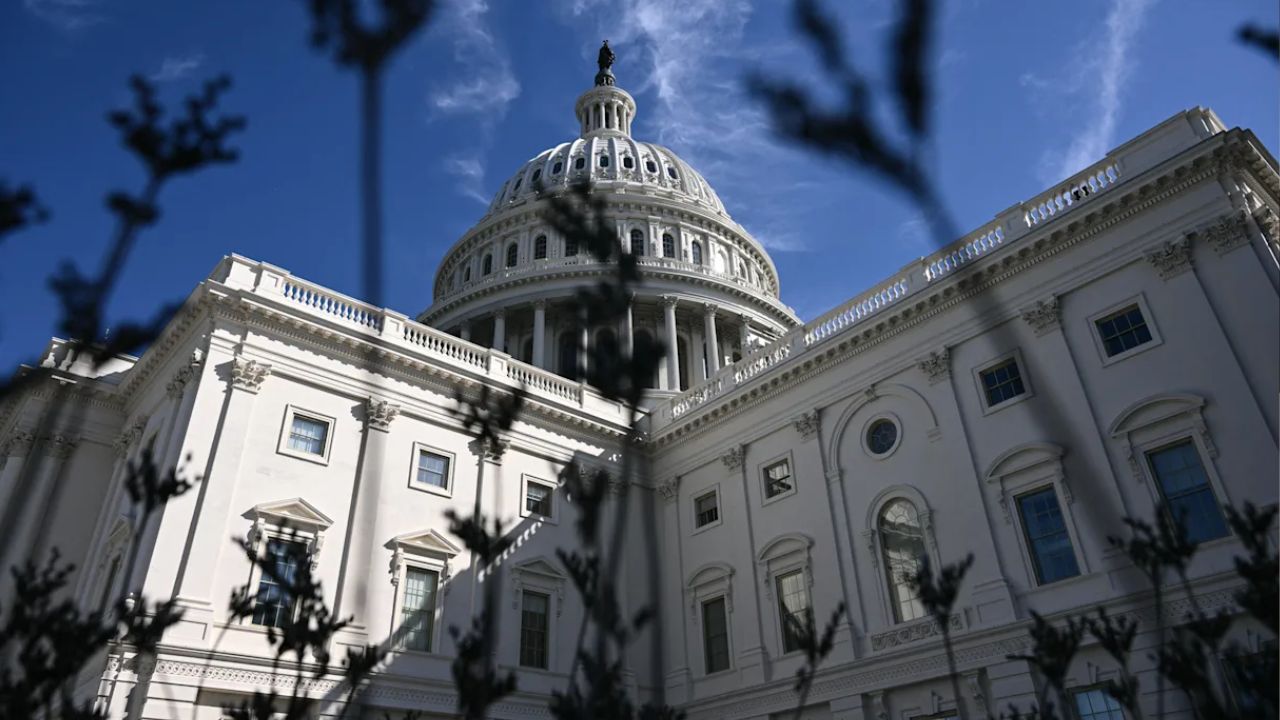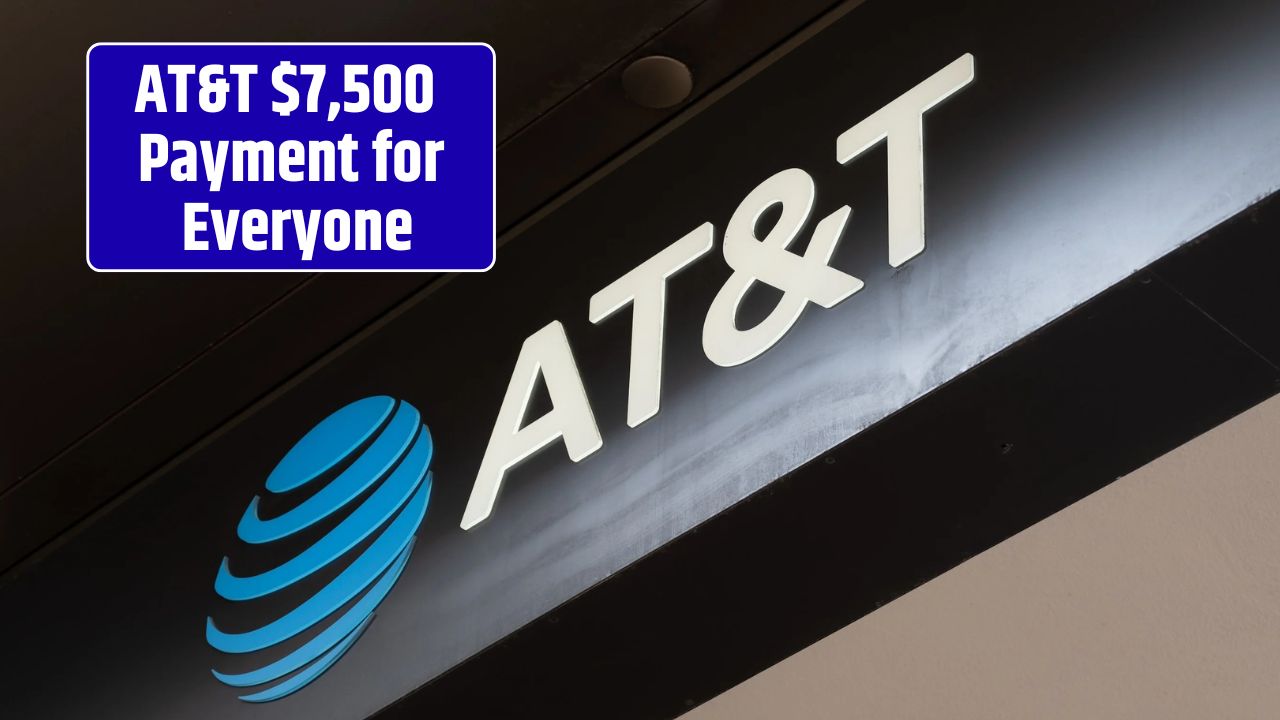For decades, Americans grew up with the idea that retirement meant age 65 and a gold watch. That’s when Social Security kicked in, Medicare followed, and work was supposed to be in the rearview mirror. But the ground has shifted. Thanks to legislative tweaks stretching back to the 1980s, the “full retirement age” (FRA) is creeping upward—and in 2025, it hits another milestone. For people born in 1959, FRA becomes 66 years and 10 months. For anyone born in 1960 or later, it lands at 67 flat.
Read Also- $4196 VA Disability Payment Set for October 2025, Eligibility Criteria & Complete Payment Schedule
A couple of months here and there may sound like nothing, but in financial terms, it’s a big deal. Retiring early, delaying benefits, or working longer could mean tens of thousands of dollars over a lifetime. Let’s break down what this new FRA reality means—and how to plan for it.
The Long Road from 65 to 67
The shift traces back to the 1983 Social Security Amendments, designed to keep the program solvent as Americans lived longer. Instead of bumping FRA overnight, lawmakers phased it in slowly, adjusting by two-month increments depending on birth year.
| Birth Year | Full Retirement Age |
|---|---|
| 1958 | 66 years, 8 months |
| 1959 | 66 years, 10 months |
| 1960+ | 67 years |
That means anyone hitting retirement now or soon has to rethink the old “65 benchmark.” If you’re part of the 1960-and-later crowd, the new normal is 67.
The Cost of Retiring Early
The earliest you can file for Social Security is 62. But here’s the kicker: file early and your benefit shrinks permanently. For the 1959 cohort, that means roughly a 29% cut. For those born in 1960 or later, it’s about 30%.
On the flip side, waiting pays. For every year you delay past FRA, you earn an 8% annual credit up until age 70. Put simply, someone who holds out until 70 can lock in a monthly benefit 32% higher than if they filed at FRA. That’s a game-changer over a 20- or 30-year retirement.
Bridging the Gap if You Retire Early
Not everyone wants—or is able—to wait until 67 or 70. Health issues, job loss, or burnout push many into early retirement. If that’s you, it’s crucial to build a financial bridge so you’re not draining Social Security too soon. Here are some practical strategies:
Phased Retirement
Talk to your employer about scaling back hours—say, three or four days a week. Even 15–20 hours can cover essentials, reduce withdrawals, and keep health benefits going.
Build a Cash Runway
Advisors suggest saving 18–24 months of living expenses in a high-yield savings or money market account. That buffer lets you ride out market dips without selling investments at the wrong time.
Monetize Unused Assets
- Rent a spare room: $700–$1,000/month
- Lease driveway space in urban areas: $150–$300/month
- Short-term rentals or storage rentals for extra income
Bridge Jobs with Benefits
Retailers like Costco, Home Depot, and Trader Joe’s often offer part-time gigs with health coverage for 20–28 hours a week. That combo of flexibility and insurance can be a lifeline.
Smart Withdrawal Strategies
If you stop working before FRA (or before 65, when Medicare kicks in), you’ll lean on personal savings. Done right, withdrawals can stretch your nest egg further.
- Tap taxable accounts first. This delays touching tax-advantaged retirement accounts and avoids early withdrawal penalties.
- Use Roth IRA contributions. You can withdraw contributions (not earnings) at any time, tax- and penalty-free.
- Keep MAGI low. Staying under Affordable Care Act thresholds can unlock thousands in healthcare subsidies before Medicare eligibility.
Side Income Options
Even small income streams can take pressure off retirement accounts. Some retirees find satisfaction (and cash) in:
- Tutoring: $30–$50/hour
- Pet sitting or dog walking
- Selling crafts, photography, or vintage finds on Etsy or eBay
Looking Ahead: Could FRA Go Higher?
Right now, FRA tops out at 67. But proposals to push it to 68 or even 69 have circulated in Washington as Social Security’s funding gap looms larger. Nothing has passed, but the conversation isn’t going away.
How to Prepare for Possible Future Changes
- Keep a flexible plan that accounts for delayed benefits.
- Build emergency savings to cushion unexpected shifts.
- Diversify income streams—don’t rely solely on Social Security.
- Review your strategy annually with an eye on policy updates.
FAQs:
What is the full retirement age for people born in 1959?
It’s 66 years and 10 months, effective in 2025.
What happens if I claim Social Security at 62?
You’ll see a permanent reduction of about 29–30% depending on your birth year.
Is there any benefit to delaying Social Security past FRA?
Yes. Each year you delay until 70 adds about 8%, up to a 32% increase in monthly benefits.




















